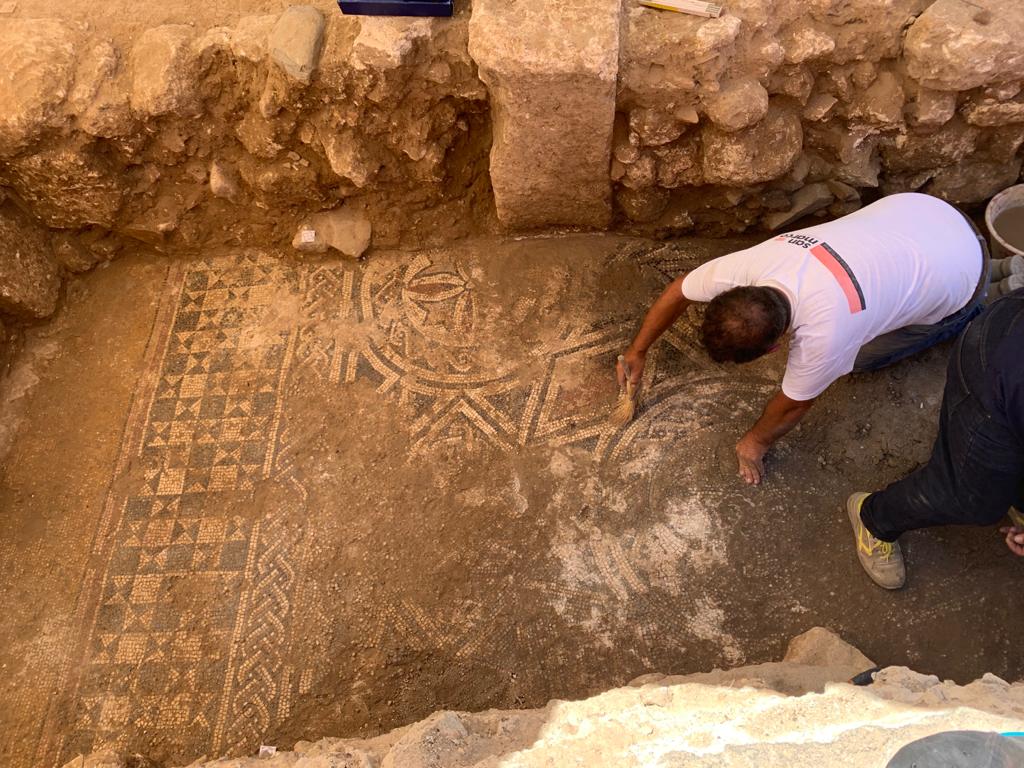![]()
Written by Sarah Court and Gamini Wijesuriya, People-Centred Approaches Programme & Project Manager, ICCROM – From GUIDANCE NOTE – ICCROM 2015
In order to improve the relationship between heritage and society, it is helpful to think in terms of working with specific groups of people in order to support the development of their capacities so that they are better able to contribute should they want to. The World Heritage Capacity Building Strategy identifies three such target groups as: practitioners, institutions (described below as ‘decision- and policy-makers’), and communities and networks6. Each of these groups brings capacities and can gain benefits from their contribution to heritage conservation.
Although it is not always easy, there is increasing awareness that people-centred approaches brings recognized benefits to heritage, to those working in the heritage sector and to communities.
Benefits for decision- and policy-makers
By promoting community participation in heritage, policy-makers are able to be seen engaging in much broader debates (such as sustainable development), promoting measurable opportunities for community engagement, opening up democratic processes and improving transparency of government. This in turn could provide political advantage, attracting new support from a wider number of people . Owners of heritage and other interest groups could potentially access more funding and other resources. Developers could gain planning approvals more efficiently through public engagement, saving both time and money.
Benefits for heritage practitioners
Those working with heritage are those who can gain direct benefits from community members who engage in managing, monitoring and providing resources and knowledge for its management (not just fund-raising but ‘people- raising’); through access to traditional knowledge systems; and by creating a broad-base of support for conservation.
Benefits for communities
Tourism is often cited as being the means by which heritage can provide economic benefits to communities, although it can bring both negative and positive impacts. Other broader benefits for community members should be considered, including: greater sense of ownership; stronger cultural identity; spirituality; increased employment opportunities; increased economic returns through heritage ‘added value’; contributions to sustainable development; more sustainable communities; increased cultural and social inclusion and intergenerational integration; more life-long learning experiences; more varied leisure opportunities; poverty alleviation and improved intercultural understanding7.
It should be noted that these benefits will vary from case to case and will be affected by the type of heritage (archaeological site, museum collection, historic town centre, cultural landscape, etc.), the level and type of community engagement and interests, the available support and infrastructure, and the wider context. While
there is no simple recipe, there are many examples that can be explored to understand the range of possible approaches and to inspire adapted approaches elsewhere.

